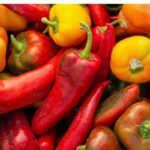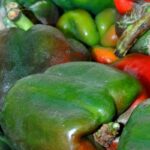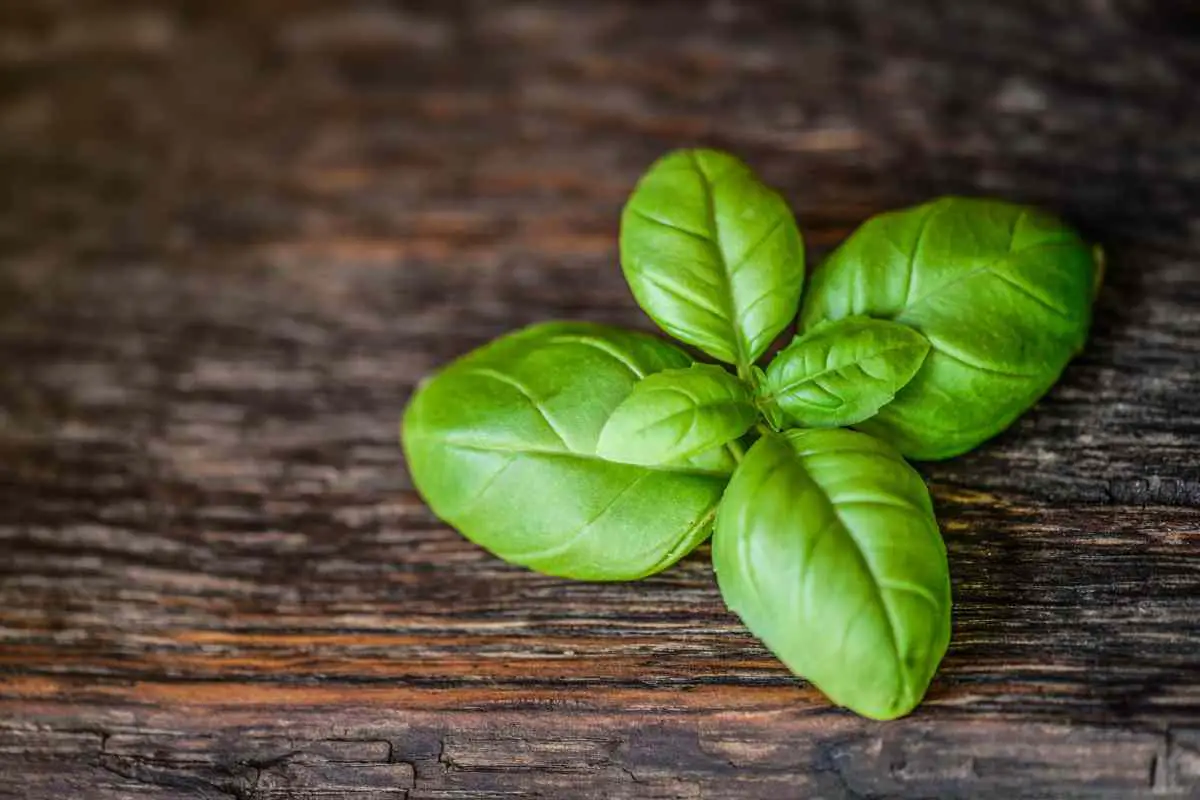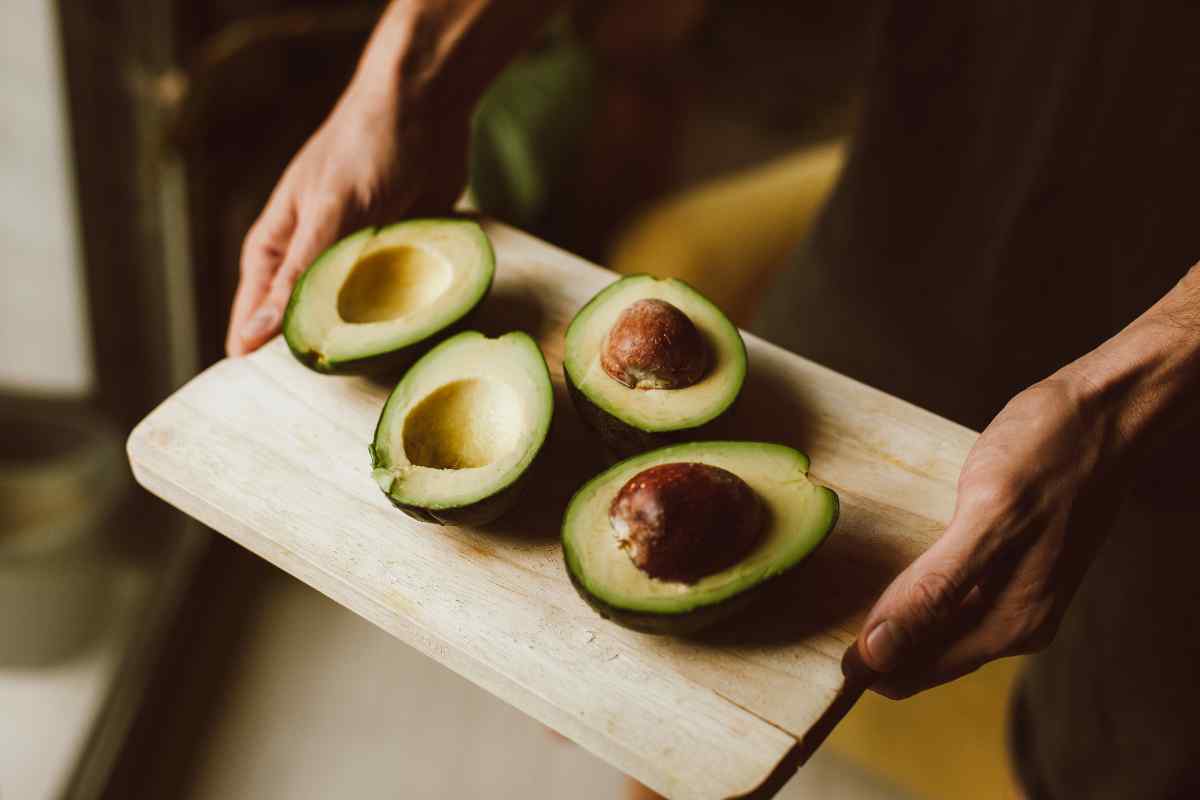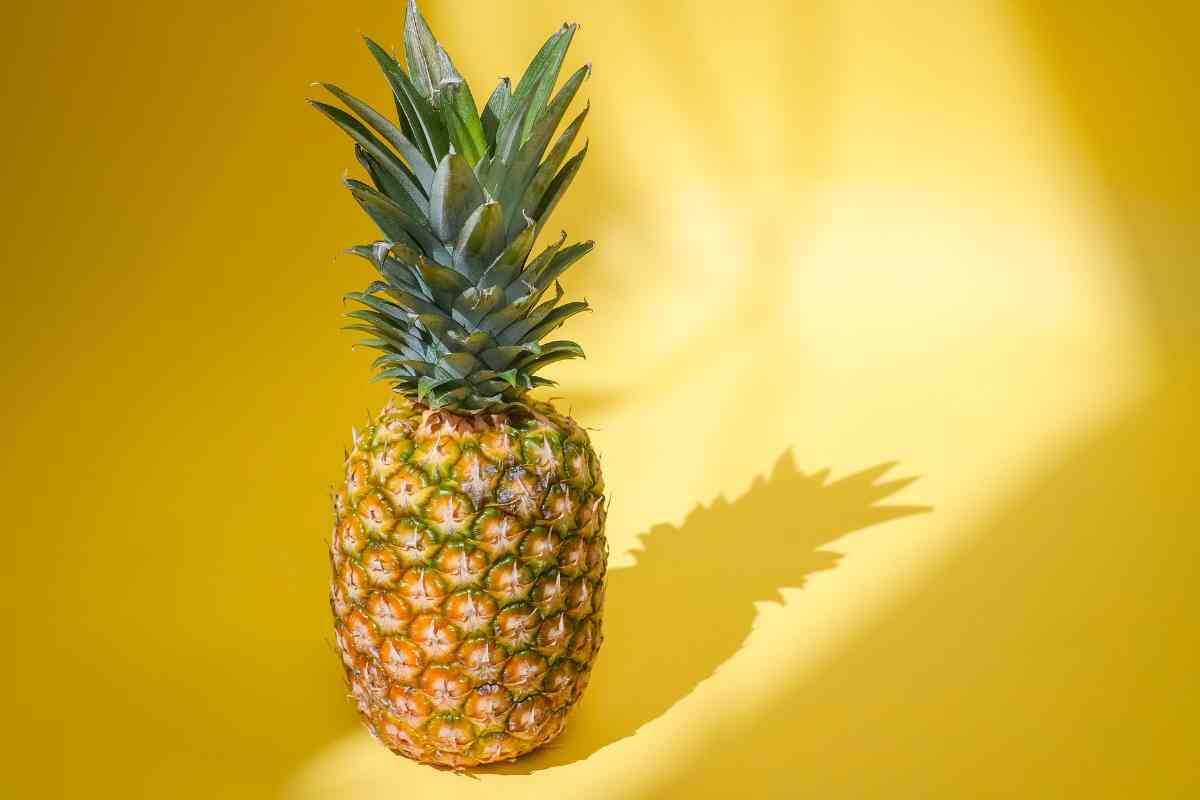Gardening is a fulfilling and rewarding hobby that has been gaining popularity in recent years. One of the most commonly grown vegetables in home gardens is the pepper.
Peppers come in a variety of shapes, sizes, and colors, and they are easy to grow and care for.
In this article, we’ll provide you with comprehensive information on when to pick garden peppers, to ensure that you get the most out of your crop.
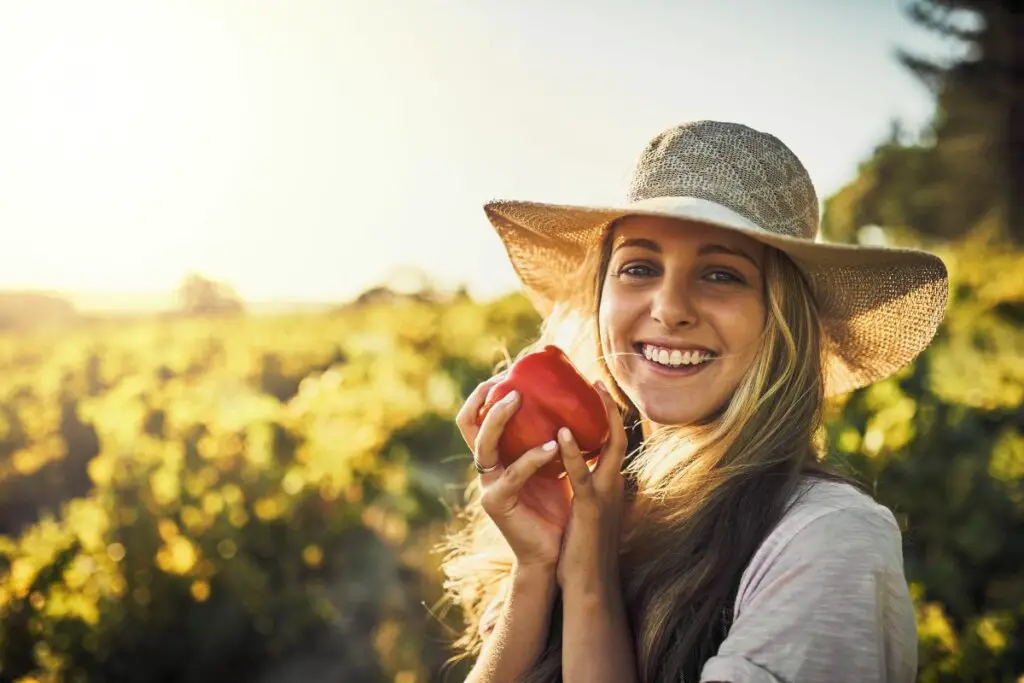
Table of Contents
Understanding the Stages of Pepper Development
Peppers go through several stages of development, from seedling to mature fruit. Understanding these stages is crucial to knowing when to pick your peppers.
Germination and Seedling Stage
The first stage of a pepper plant’s life cycle is germination. This is when the seeds sprout and begin to grow. The seedling stage follows, and it usually lasts 2-3 weeks.
During this stage, the plant will grow its first leaves and start to develop its root system.
Vegetative Stage
The vegetative stage is when the pepper plant begins to grow taller and produce more leaves. This stage can last up to 2-3 months, and it is crucial for the plant’s growth and development.
Flowering Stage
The flowering stage is when the pepper plant begins to produce flowers. The flowers will eventually turn into peppers, but it takes time for this to happen. This stage can last up to 6-8 weeks.
Fruiting Stage
The fruiting stage is when the pepper plant begins to produce ripe fruit. This stage can last up to 2-3 months, depending on the variety of pepper you are growing.
What Factors Affect Pepper Ripening?
There are several factors that can affect the ripening of peppers, and it is important to understand them so that you can pick your peppers at the right time.
Sunlight and Temperature
Peppers need plenty of sunlight and warm temperatures to grow and ripen. If your peppers are not getting enough sunlight or the temperatures are too low, they will take longer to ripen.
Soil and Water
The quality of the soil and the amount of water your peppers receive can also affect their ripening. Make sure to water your peppers regularly and fertilize the soil if necessary.
Variety of Pepper
The variety of pepper you are growing will also affect its ripening time. Some peppers ripen faster than others, so it is important to know the specific variety you are growing.
How to Know When to Pick Your Peppers?
Knowing when to pick your peppers is crucial to getting the most out of your crop. Here are some signs to look for that indicate your peppers are ready to be picked.
Color Change
Peppers will change color as they ripen. The color of the pepper will vary depending on the variety, but it will become more intense and vibrant as it ripens.
Size
Peppers will also increase in size as they ripen. The size of the pepper will vary depending on the variety, but it will become larger as it ripens.
Firmness
Peppers will become firmer as they ripen. You should be able to gently squeeze the pepper and feel that it is firm but not hard.
Scent
The scent of a ripe pepper will also change as it ripens. It will become sweeter and more fragrant.
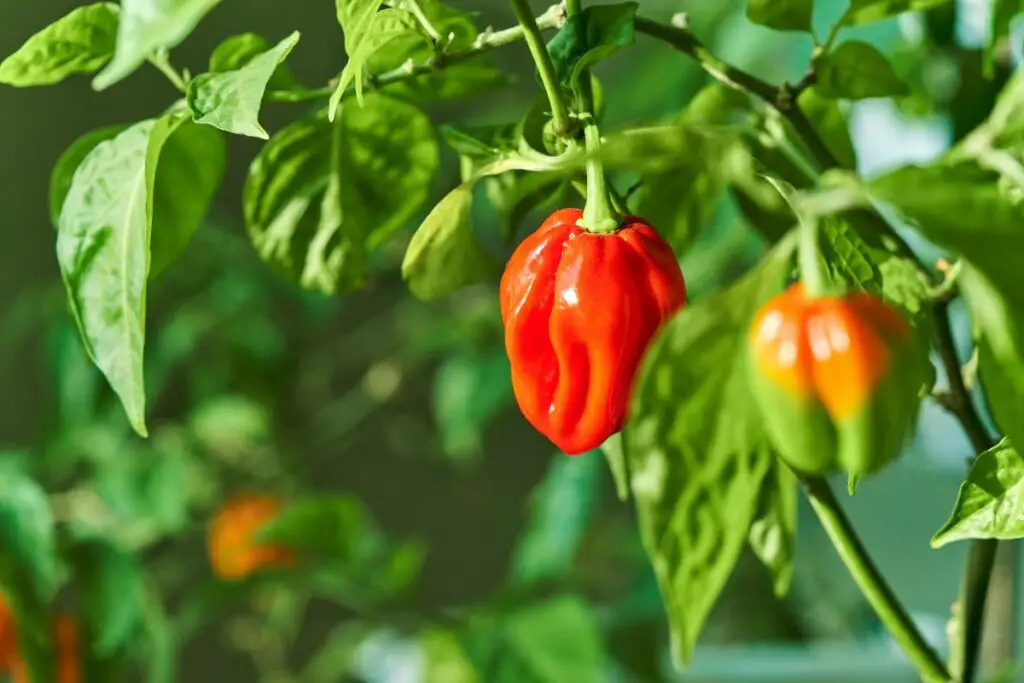
When to Pick Your Peppers?
The best time to pick your peppers is when they are fully ripe. Fully ripe peppers will have the best flavor, texture, and
nutritional content. If you pick your peppers before they are fully ripe, they will not be as flavorful or nutritious. On the other hand, if you wait too long to pick your peppers, they may become overripe and start to rot.
To ensure that you pick your peppers at the right time, keep an eye out for the signs we mentioned above. Check the color, size, firmness, and scent of your peppers regularly to determine when they are ready to be picked.
How to Pick Your Peppers
When it comes time to pick your peppers, it is important to do so carefully. Here are some tips on how to pick your peppers without damaging the plant or the fruit.
Use Scissors or Pruning Shears
The best way to pick your peppers is to use scissors or pruning shears. This will allow you to cut the pepper cleanly from the plant without damaging it.
Hold the Pepper Near the Base
When picking a pepper, hold it near the base where it is attached to the plant. This will reduce the risk of damaging the pepper or the plant.
Pick Ripe Peppers Only
Make sure to only pick peppers that are fully ripe. If you pick unripe peppers, they will not ripen properly and may not be as flavorful or nutritious.
Storing Your Peppers
Once you have picked your peppers, it is important to store them properly to ensure that they stay fresh and delicious. Here are some tips on how to store your peppers.
Refrigeration
The best way to store your peppers is in the refrigerator. Peppers will last longer in the refrigerator, especially if they are stored in a plastic bag or container.
Room Temperature
If you need to store your peppers at room temperature, make sure to place them in a cool, dry place. Avoid storing your peppers in a warm or humid area, as this can cause them to spoil more quickly.
Freezing
You can also freeze your peppers to extend their shelf life. Simply blanch your peppers in boiling water for a few minutes, then freeze them in a plastic bag or container.
Can I Pick Unripe Peppers?
It is not recommended to pick unripe peppers, as they will not ripen properly and may not be as flavorful or nutritious.
How Do I Know When My Peppers Are Fully Ripe?
You can tell that your peppers are fully ripe when they have changed color, increased in size, become firmer, and have a sweeter and more fragrant scent.
How Should I Store My Peppers?
The best way to store your peppers is in the refrigerator, although you can also store them at room temperature or freeze them.
Conclusion
Growing and harvesting peppers is a rewarding and enjoyable experience, and with the information we have provided in this article, you will be able to pick your peppers at the right time and get the most out of your crop.
Keep in mind the stages of pepper development, the factors that affect pepper ripening, the signs to look for to know when your peppers are ready to be picked, and how to pick and store your peppers. With these tips, you’ll be on your way to growing a bountiful and delicious pepper crop.
- How to Build a Planter Box for Bamboo: A Step-by-Step Guide

- Can Robotic Lawnmowers Handle Steep Slopes?

- Do You Need a Specific Lawn for a Robotic Lawnmower? Expert Advice

- Are Robotic Lawnmowers Safe for Pets and Children? Safety Features of Robotic Lawnmowers

- Why Use Robotic Lawnmowers? Advantages of Using a Robotic Lawnmower

- Is the GARDENA SILENO City 300 Cordless or Corded? A Clear Answer










